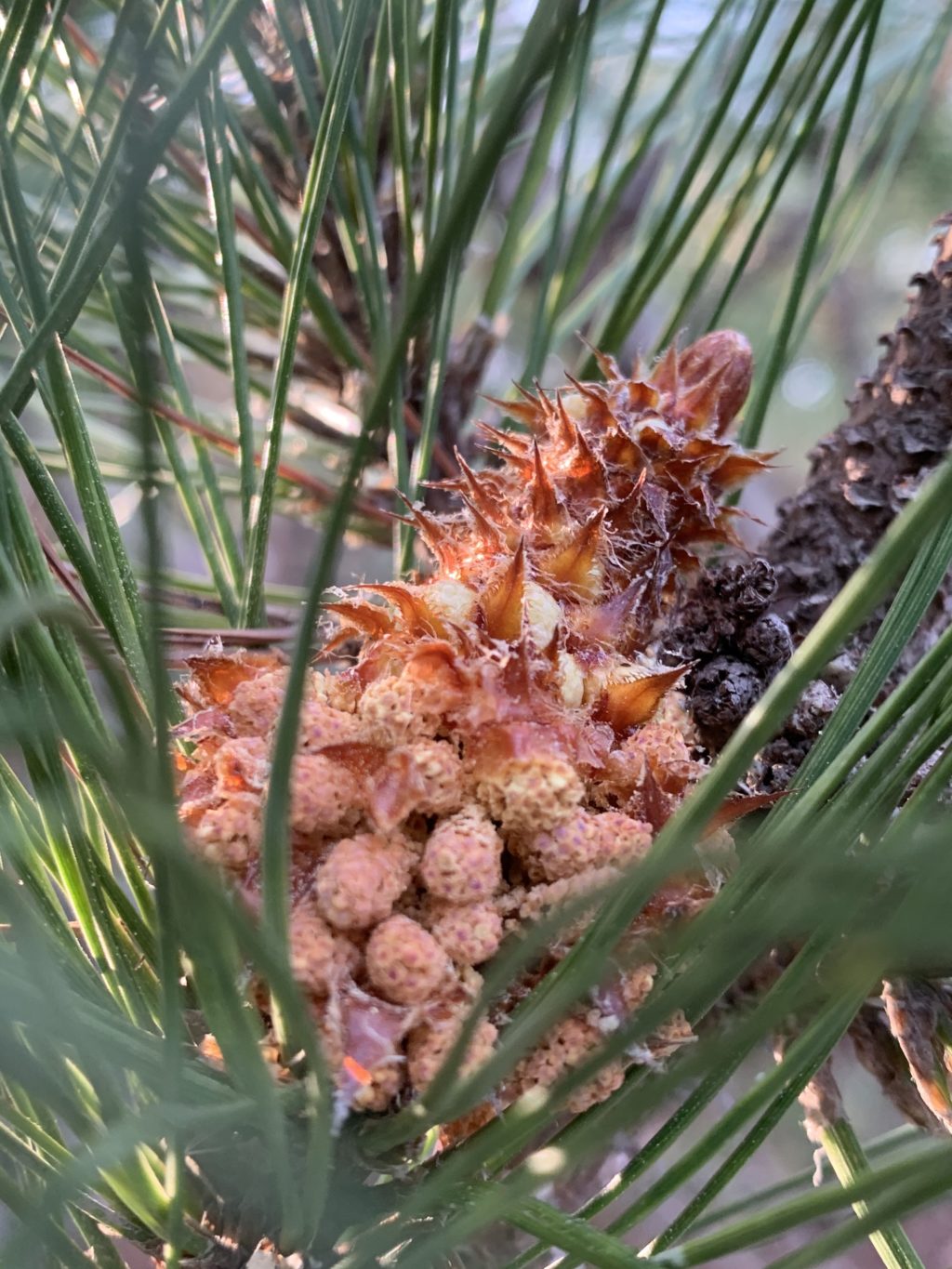R&D, Biopesticides
Essential oils in preventing and controlling crop diseases

R&D, Biopesticides

Prospects of plant essential oils in preventing and controlling crop diseases and improving the quality and safety of food and agricultural products

In recent years, the food industry has become increasingly interested in the use of aromatic plant extracts and essential oils, not only because of their natural flavor, but also because of their ability to control the growth of pathogenic microorganisms and food spoilage bacteria. Plant essential oils extracted from cinnamon, oregano and thyme, for example, have significant antibacterial activity against a variety of microorganisms, such as listeria monocytogenes, escherichia coli, heat-resistant bacillus and pseudomonas fluorescens.
Lavender essential oil has antibacterial activity against drug-resistant bacteria, yeast, skin fungi, cryptococcus neoformans and aspergillus. The essential oils extracted from eucalyptus are mainly used as flavoring agents and have significant activity in controlling the growth of pathogenic microorganisms and food spoilage microorganisms. Plant essential oils rich in terpineol, thujanol, geraniol, citral, thujone, camphor, carvone have significant antibacterial activity. In particular, carvacrol-based essential oils are widely used as preservatives and flavorings in foods such as beverages and candies. Extracted from cinnamon bark, leaf and root of cinnamon essential oil contains three important ingredients (which accounted for 82.5% of total): trans cinnamic aldehyde, eugenol and linalool (cinnamon extract), cinnamaldehyde is the most antibacterial activity of the compounds, cinnamon essential oil for gram-negative bacteria and bacteria and other pathogens are inhibitory effect, also has potential for fungal growth inhibition, but also with antioxidant, anti-parasite and free radical scavenging effects. Eugenol in clove essential oil, as a widely used antibacterial agent, can reduce the synthesis of ergosterol, a special cell wall component, which can inhibit the formation of candida albicans germ tube.
The action mechanism of plant essential oils is believed to be mainly due to their hydrophobicity, which makes them easy to cross the lipid of the cell membrane, changes the structure of membrane proteins and the activity of enzymes, destroys the integrity of the cell membrane, Increased permeability leads to the leakage of ions and other substances within the cell. The decrease of ATP hydrolysis and synthesis results in the decrease of ATP cell. Cytoplasmic condensation and proton dynamics decrease.
The antioxidant activity of plant essential oils is mainly determined by their chemical constituents. Phenols and secondary metabolites with double bonds are the sources of antioxidant activity of plant essential oils. Essential oils derived from traditional plants (e.g., Yarrow, dill, sage, herb, mint, etc.) are rich sources of oxymonoterpene compounds such as aldehydes, ketones, and esters. In particular, phenolic terpenoids, such as thymol or carvacrol, are the main compounds that produce the strongest antioxidant activity in plant essential oils. The essential oils extracted from cinnamon, nutmeg, clove, basil, parsley, oregano and thyme have significant antioxidant activity due to their main components including thymol and carvacrol. Phenolic compounds have significant REDOX properties, scavenging free radicals and decomposing peroxides, thus playing an important role in antioxidant activities in plant essential oils. Other monoterpene compounds such as some alcohols, ethers, ketones, aldehydes, linalool, cineole, citral, citronellal, menthol ketones play a key role in the antioxidant properties of plant essential oils.
The prospect of plant essential oils in the prevention and control of crop diseases and food quality and safety
More than 3,000 plant essential oils have been studied worldwide, of which about 300 are used in flavor and fragrance due to their strong aroma, and some are used in medicine. Preservatives have been used in food manufacturing for years, but the use and consumption of synthetic preservatives can lead to allergic reactions, poisoning, cancer and other degenerative diseases. Therefore, it is necessary to find other alternatives. In fact, the potential antioxidant, antibacterial and antifungal activities of plant essential oils can completely replace preservatives to extend the shelf life of grains and agricultural products, such as tea tree oils, lemon essential oils, clove essential oils, cinnamon essential oils, thyme essential oils and other essential oils can effectively extend the shelf life of cereal products and improve food safety and quality. Crop diseases mediated by pathogenic fungi affect food production. These pathogenic fungi produce mycotoxins, which have serious negative effects on animal and human health. A large number of studies have shown that the antibacterial activity of plant essential oils can be used to control pathogenic fungi and improve the quality and safety of crop protection. When used in combination with traditional pesticides, the shelf life of traditional fungicides can be improved and a safe working environment for farmers can be ensured.
The antibacterial and antioxidant activity of plant essential oils can be more effectively improved through the combination of new technologies such as microencapsulation, film controlled release and nano delivery, which is the direction of future industrial development.